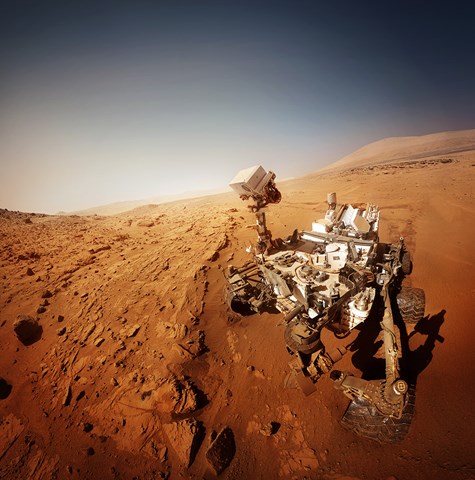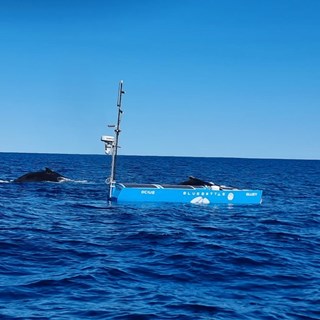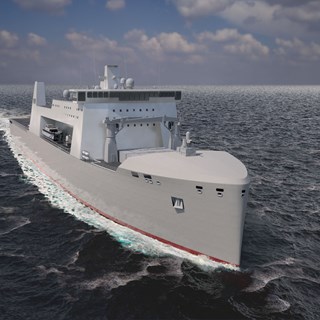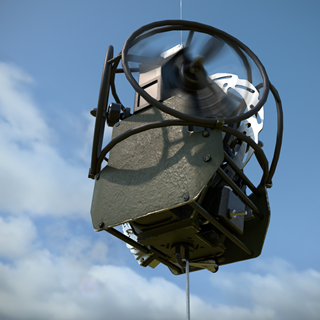
1 May 2020
Taking the road less travelled is never easy and unorthodox approaches can often be met with scepticism, but in order to fully benefit from digital transformation, we often need to think and work in completely different ways that lead to a step-change in capability. While “thinking differently” doesn’t always mean taking completely new or high-risk approaches, it can sometimes mean embracing technology from other applications and markets and reapplying them in novel ways - just as in the case of our ground penetrator concept that was quite literally “ground-breaking”.
In 2010, NASA were investigating how best to replace some of the “dead weight” on their Mars mission landers. During the Entry, Descent and Landing phase, approximately 150Kg of “balance mass” weights need to be jettisoned at very high altitude and allowed to plummet to the surface. Nick Howes, a key member of the Space SI at BMT and test analyst for our Information Systems team, was working for the European Space Agency at the time and began thinking about how, instead of dead weight, the payload space could be used for sensors that would be dropped from outer orbit to penetrate the ground and help test the surface for methane.
After first drafting the plan in 2012, the team were initially told it was impossible as there was still a serious debate as to whether there was even any methane on Mars at all. But now, almost 10 years later, and with some help from NASA JPL and a brilliant team of engineers in Australia and the United States, the concept, known as MEDIAN is finally taking shape and firmly laying those doubts to rest.
BMT have developed the original concept and transformed it into something with a myriad potential uses for both defence and disaster relief. Whilst the concept of penetrators isn’t new, the idea of taking a space-based penetrator system with an adaptable payload and state-of-the-art technology and applying it to earthly problems was considered novel and innovative.
The concept has now been tested and supported by a host of important and influential figures from the space industry, including Neil Armstrong’s son, two NASA astronauts, two PhDs in planetary science, one JPL software engineer and NASA Glenn, and is now undergoing test launches to prove the technology and development in Australia and the Mojave Desert.
Following this early success, we’re exploring how to transfer this technology from the space sector to other sectors. Could we use ground penetrators on earth for fast and effective surveillance of hostile or unreachable areas? Could it provide reliable information about the situation on the ground without troop support? Could it be used for low-cost surveillance and humanitarian support work? From monitoring erupting volcanos to fracturing glaciers or even weapons monitoring in hostile war zones, the applications are unlimited…all thanks to our knack for thinking differently.


11 July 2024
BMT is excited to announce a groundbreaking collaboration with Ocius to revolutionise maritime data collection and management

21 March 2024
An all-new concept developed in collaboration between T. Fotiadis Design & Lateral Naval Architects. With its striking streamline design, Spear combines efficiency, comfort, and expansive open spaces to create an unparalleled cruising experience.

14 September 2023
Announcing a significant update to BMT's iconic ELLIDA™ design series, including studies of future technologies and concepts to enhance naval littoral capabilities.

1 December 2022
We have developed a novel concept described as an autonomous ‘air-ground payload transfer device’ to replace winches with truly disruptive capabilities for drone delivery applications.